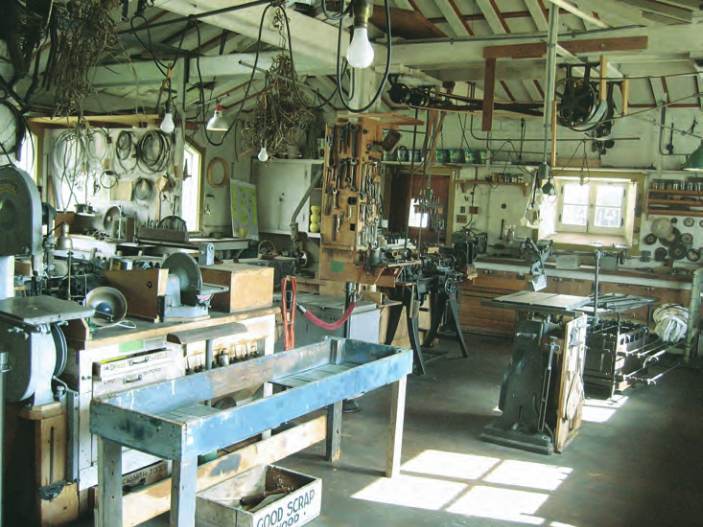Basic HTML Version



80
spr ing
|
summer
There are many elements that reflect the Moorish 14
th
century
Alhambra influence apparent at the Casa, particularly in the motor court’s
stonework. The ability to use small amounts of water to get the sound
from several fountains and the laying of numerous colorful tiles is also the
Moorish style. In the 1920s, there were clear views from the house and
gardens of the mountains on one side and the ocean on the other. There
were practically no trees in Montecito at the time, except for the oaks
that grew naturally along the various creek banks. Foraging bears were
common and East Valley Road was still a quiet, unpaved road.
The eleven-acre estate includes seven acres of authentic Moorish
style gardens, similar to outdoor rooms, on which its National Historic
Landmark status is based. Influential landscape architects Ralph Stevens,
Lockwood de Forest Jr., Francis T. Underhill and horticulturist Peter
Riedel all had a hand in their creation. The Casa gardens have retained
their original glory. The national landmarks that represent what is called
“The American Country Place Era” and its landscape architecture are an
elite group of only 17 homes in the entire United States. They include
Frank Lloyd Wright’s Fallingwater in Pennsylvania, the Biltmore Estate in
North Carolina, and now Casa del Herrero in Montecito. The Secretary of
the Interior designates these and today there are fewer than 2,500 historic
places and structures that carry this national distinction.
Inventor of the RV
Mr. Steedman, known as a perfectionist, was talented as an engineer,
silversmith, artist, wine maker and photographer; he printed photographs
of his wife’s floral arrangements in his own darkroom. He was also
inventive, having received 44 individual patents between 1894 and
1921. He enjoyed building “entertainment centers” (featuring radios and
phonographs), and experimented with “surround-sound” speakers long
before the concept became commonplace.
Bored with the use of wicker furniture for outdoor use, for example,
Steedman crafted what are believed to have been the first aluminum
tables and chairs made for such use. He designed and built them in his
workshop with the help of apprentices. Steedman grandson George Bass
notes that another invention his grandfather created was, “the first RV,
named Wampus, a sort of truck with beds that folded down.” Steedman’s
workshop outside the main house is packed with more tools than one can
imagine, all labeled and lined up. There is also a casting furnace and forge.
After both Steedmans passed away, their daughter Medora Bass
(Aunt Toots) and her husband, George, moved in. When
they
died
the Steedman/Bass family, with the help of neighbors and community
George Steedman’s workshop is
chock-a-block with a vast array of
well-organized tools and equipment

